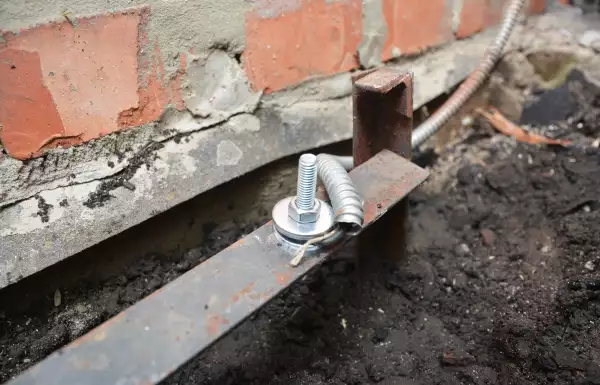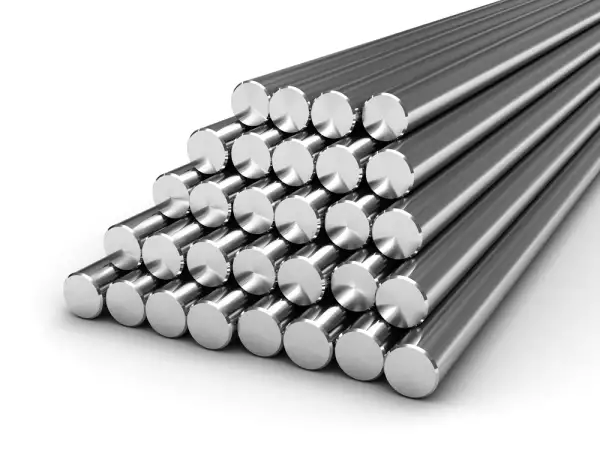A classic ground loop is a group of vertical electrodes buried at a shallow depth and interconnected by a horizontal conductor. The group is installed near theprotected object at a relatively short distance from each other.
Traditionally, steel corners or 3 meters long fittings hammered into the soil with a sledgehammer were used as grounding electrodes in such a grounding device.
A 4x40 mm steel tape laid into a trench having a depth of 0.5 to 0.7 meters was used as a connecting conductor. The conductor was elecrtically or gas-welded to the pre-assembled grounds.
To save space, the grounding loop is normally "folded" along the walls around the building perimeter. If you look at the grounding from above, we can say that the electrodes are mounted on the contours of the building as a loop (hence the name).
Thus, ground loop is a ground comprising several electrodes (or electrode groups) connected to each other and installed around the building perimeter.
Grounding loop: classic or modern?
Classic ground loop
The classic ground loop made of angle steel armature has one big advantage - its price. The use of cheap steel profile (angle and tape) minimizes the cost of parts. But on the other hand, the classical scheme has lots of disadvantages:
- a large footprint of the ground (over 10 electrodes are often need)
- the necessity to cut a material into pieces of a desired size (2.6 meters)
- the need to transport the material to the installation site by truck
- laborious and lengthy installation process that requires driving the parts of electrodes into the soil and welding operations. Therefore, qualified professionals and specialized equipment are needed.
- short service life of such ground
- the need to obtain multiple authorizations for the construction of the grounding system in the city (especially in the areas of high-dencity development)
Modern ground loop
New technologies and the industrial manufacturing of components helped to overcome the disadvantages of the classic ground loop. By taking the idea of a construction toy as a basis, the designers have created a set of standardized components. Using these components/modules it is possible to quickly and easily to build a ground loop on your own from very deep (30 meters) electrodes without the need for special machinery, equipment and skills.
The new type of system is called ZANDZ modular grounding.
The ground of a modern ground loop is a single composite electrode driven to a depth of 30 meters, consisting of easily connected half meter sections / rods.
Installing a ground consisting of such electrodes is performed using an ordinary consumer-grade electric jackhammer.
The construction of a modern ground loop does not require special skills and can be done by one person.
Related Articles:
 Why Cannot Vertical Earthing Devices Be Installed Close to Each Other?
Why Cannot Vertical Earthing Devices Be Installed Close to Each Other?
 Electrolytic Grounding in Permafrost Soils: Should Vertical of Horizontal Electrodes Be Used?
Electrolytic Grounding in Permafrost Soils: Should Vertical of Horizontal Electrodes Be Used?



